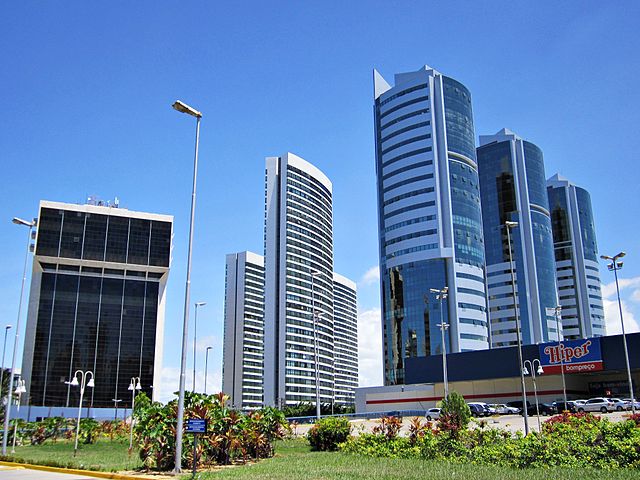The term forró refers to a musical genre, a rhythm, a dance and the event itself where forró music is played and danced. Forró is an important part of the culture of the Northeastern Region of Brazil. It encompasses various dance types as well as a number of different musical genres. Their music genres and dances have gained widespread popularity in all regions of Brazil, especially during the Brazilian June Festivals. Forró has also become increasingly popular all over the world, with a well-established forró scene in Europe.
Statues of Forró musicians
The city of Embu das Artes, Brazil
Valdir Santos plays Forró
Forró
The Northeast Region of Brazil is one of the five official and political regions of the country according to the Brazilian Institute of Geography and Statistics. Of Brazil's twenty-six states, it comprises nine: Maranhão, Piauí, Ceará, Rio Grande do Norte, Paraíba, Pernambuco, Alagoas, Sergipe and Bahia, along with the Fernando de Noronha archipelago.
View of a sugar-producing farm (engenho) in colonial Pernambuco by Dutch painter Frans Post (17th century).
The Historic centre of Salvador, Bahia, was declared a UNESCO World Heritage Site in 1985.
Recife is the largest metropolitan area of the Northeast Region, and the third largest city of the region.
Coconut trees in Pernambuco








